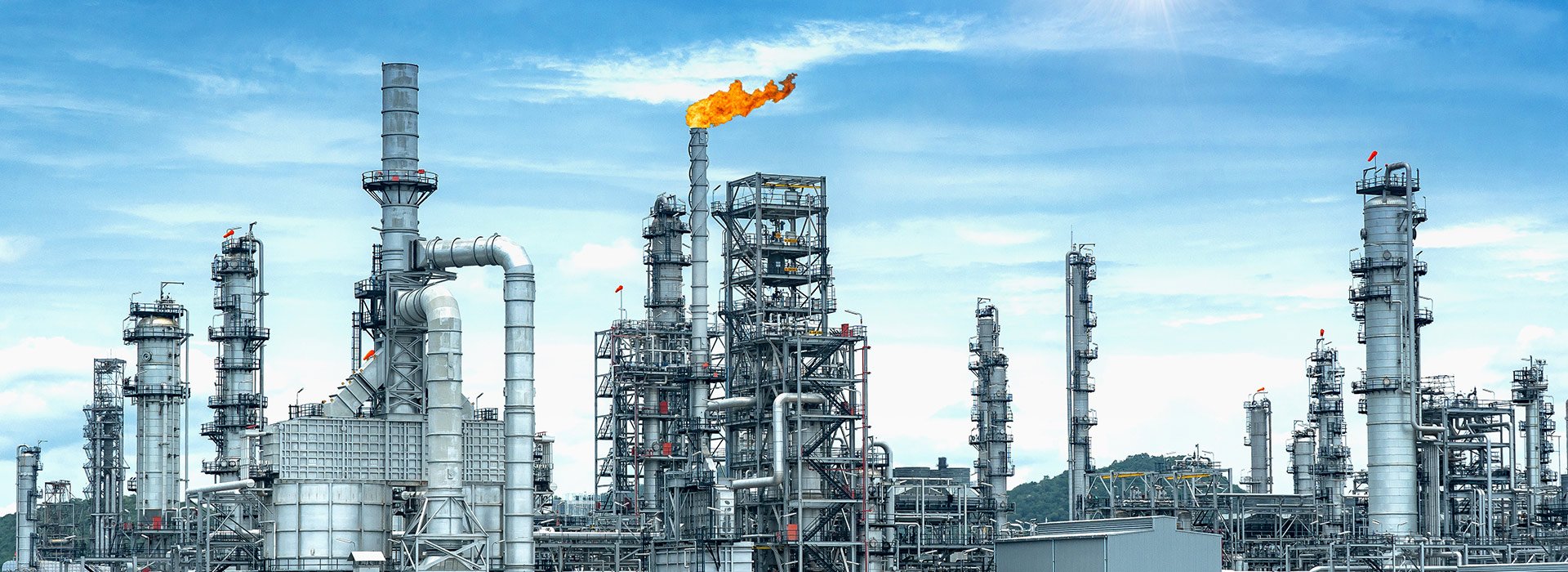A Mindset Shift: Operating Safe, Reliable, and Profitable Ageing Oil & Gas Assets
Ageing oil and gas assets face rising costs, safety risks, and regulatory pressures. However, with the right strategies, these mature infrastructures can remain safe, reliable, and profitable. This article challenges common misconceptions, highlighting how integrated asset management, predictive maintenance, and targeted upgrades can extend asset life and optimise performance. By reframing the narrative, operators can turn legacy assets into a competitive advantage, supporting both operational excellence and the global energy transition.

Global energy demand relies heavily on oil and gas, with over 70% of production stemming from ageing infrastructure, often decades old and nearing economic limits (Parker, 2023). As the energy sector transitions to a cleaner future, maintaining the operational integrity of these assets is crucial. However, a common misconception persists that older infrastructure is inherently less reliable, costlier, and less efficient. This mindset, associating ageing assets with diminishing returns, must be challenged. Older assets often possess simpler, more robust equipment and benefit from extensive performance history, enabling highly effective maintenance strategies.
This study explores how oil and gas operators can leverage these inherent advantages to ensure the safe, reliable, and profitable operation of ageing assets. By implementing a framework encompassing strategic asset management, preventative maintenance, and continuous improvement, the industry can overcome the challenges of ageing infrastructure and transform it into a competitive advantage. An integrated approach to asset integrity and reliability enables life extension, cost reduction, and optimised production, all while prioritising safety and sustainability.
The Challenges of Ageing Oil and Gas Infrastructure
Ageing oil and gas infrastructure, particularly in the upstream and midstream sectors, presents several key challenges. These assets, often decades old, become increasingly susceptible to wear and tear, demanding more frequent maintenance and eventually replacement. These challenges include:
- Escalating Costs: Older equipment requires more frequent maintenance and repairs, driving up operational expenses. Finding replacement parts, particularly obsolete ones, can further inflate costs.
- Declining Performance: The efficiency and reliability of older equipment often diminish over time, leading to reduced output or increased downtime. This can significantly impact production, especially in a sector with tight margins and growing competition.
- Heightened Safety Risks: Ageing increases the risk of equipment failures, posing safety hazards to personnel, the environment, and surrounding communities. Corrosion, wear, and fatigue require diligent monitoring to prevent catastrophic accidents.
- Evolving Regulatory Landscape: Meeting increasingly stringent environmental and safety regulations can be challenging for ageing infrastructure, potentially requiring costly upgrades or replacements.
- Integration Barriers: Integrating modern digital technologies and automation systems with legacy infrastructure can be complex due to compatibility issues, hindering production optimisation and operational efficiency. Despite these challenges, mature infrastructure remains a vital component of global energy supply. With strategic management, these assets will continue to generate significant value.
Despite these challenges, mature infrastructure remains a vital component of global energy supply. With strategic management, these assets will continue to generate significant value.
Authors



